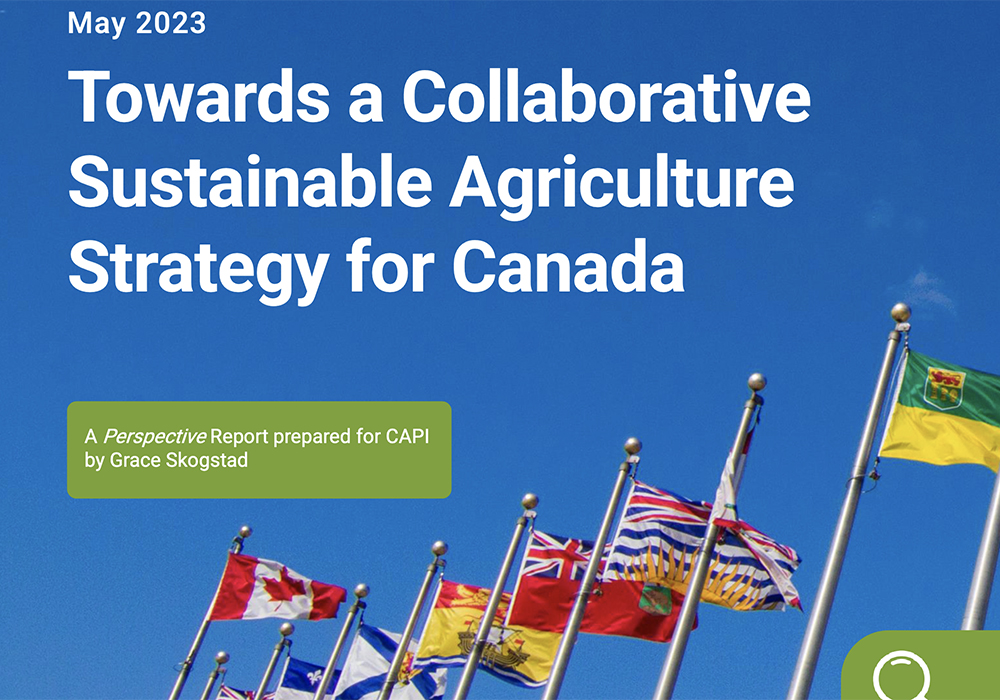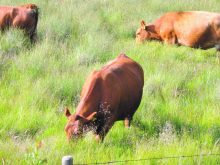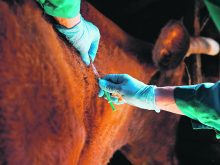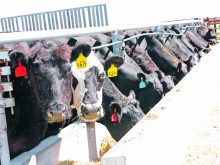Past government collaboration to establish agricultural policy is key to moving toward a national Sustainable Agriculture Strategy, said a new report from the Canadian Agri-Food Policy Institute.
The report by the University of Toronto’s Dr. Grace Skogstad said the five-year agricultural policy frameworks that governments have worked on together for the last 20 years show that each government can stay in its lane while establishing programs.
Agriculture is a shared responsibility, but the federal government is circulating a discussion paper on the strategy.
Read Also

Quebec pork company calls for transparency around gene-edited pigs
Quebec-based pork company duBreton is calling for transparency around meats from gene-edited pigs on concerns that a lack of mandatory labelling will confuse consumers, and dilute certification claims. The organic sector is also calling for labelling rules.
Federal, provincial and territorial ministers are expected to discuss progress at their annual meeting next month in Fredericton.
Panelists during a recent webinar noted that the provinces and producers will have to implement the strategy and have to be on board with it.
Skogstad identified three challenges for agriculture for environmental sustainability, saying agriculture is a contributor to, a victim of, and part of the solution to climate change.
“One challenge is weak incentives for producers to adopt beneficial farm management practices that come with prospective trade-offs related to costs or production yields,” the paper said.
Another challenge is the differences across commodities and regions, which means a one-size-fits-all solution doesn’t work.
And the third is the willingness of the federal, provincial and territorial governments to work together to find “tailor-made approaches within flexible policies.”
“Canada’s (federal, provincial and territorial) governments often have both incentives and capacities to act independently rather than collectively.”
Because of this, she said they may not act together to develop the sustainable agriculture strategies.
Skogstad pointed to contentious issues such as the price on pollution and fertilizer emission reduction as federal policies that could derail collaboration.
Harvey Sasaki, a former British Columbia agriculture ministry civil servant, was at the table during past agricultural policy framework discussions. He said the success of those agreements is largely because the issues fell into the agricultural domain. Climate change is different.
“One of the challenges that I see within the provincial-territorial domain as it relates to climate or environment, is the fact that you have another agency, environmental agencies, that have to become involved in it or have the regulatory authority over those,” he said during the webinar. “How do you engage them, at what level, who are the right people to enable things to move forward such that we don’t come down with the hammer approach?”
He said the risk of having policies imposed comes at huge cost.
“We don’t want to affect the economic viability of the sector with undue regulation that can be addressed in other ways,” he said.
Canadian Federation of Agriculture president Keith Currie said taking these issues to federal, provincial and territorial agriculture ministers is a good starting point. The trouble is there isn’t enough money to achieve all the environmental goals a strategy and other demands could impose.
“I don’t think it’s fair to ask the agricultural ministry to pony up the necessary funds to do so,” he said, listing the many other departments that have a stake in the sector.
Currie said the pollution pricing backstop system offers a conceptual framework that could be adapted to accommodate provincial and regional differences.
“It can’t fall back on to the backs of the producers to finance this or it just simply will fail.”
Currie also said the five-year agreements should be made within a 20-year vision for the sector so policies and goals aren’t subject to the political whims of the day.


















